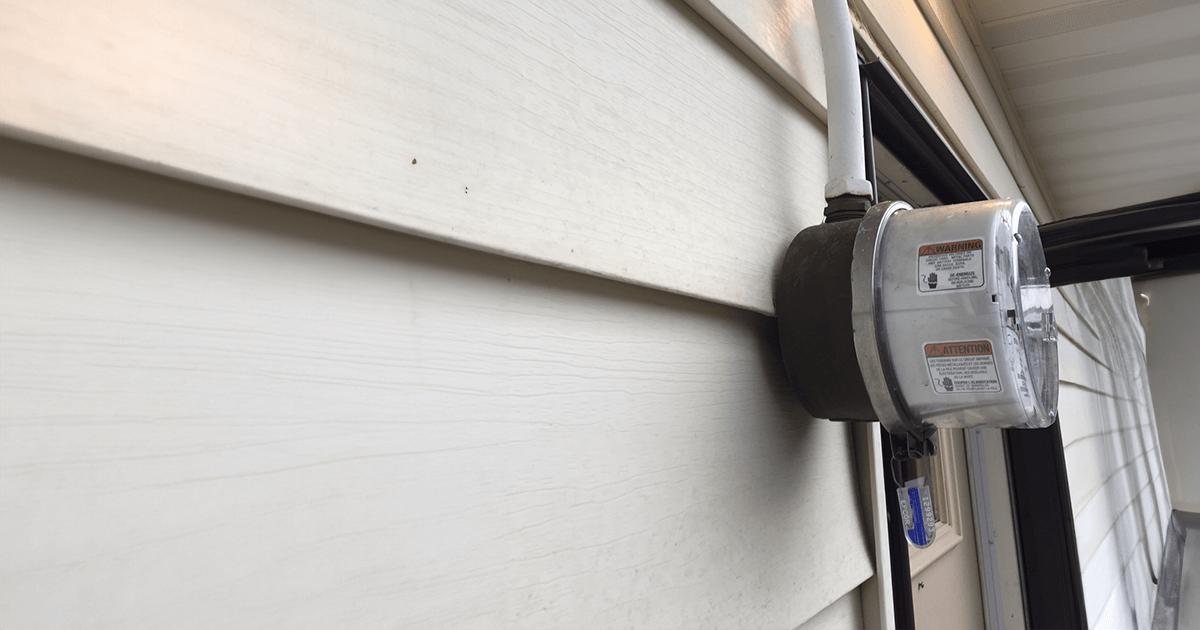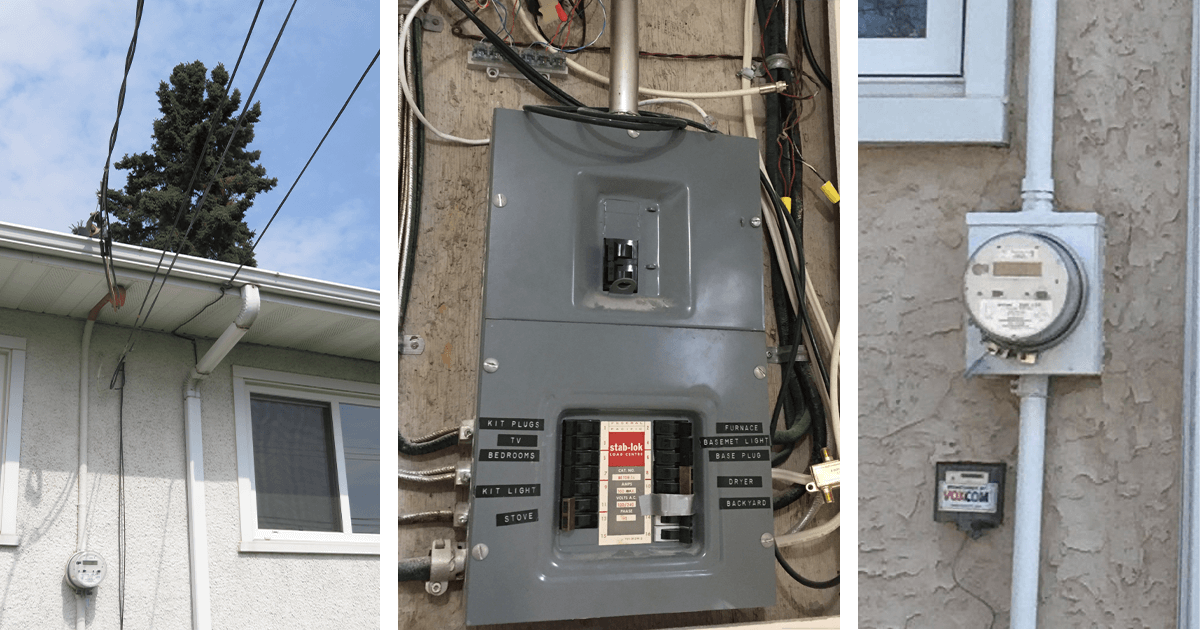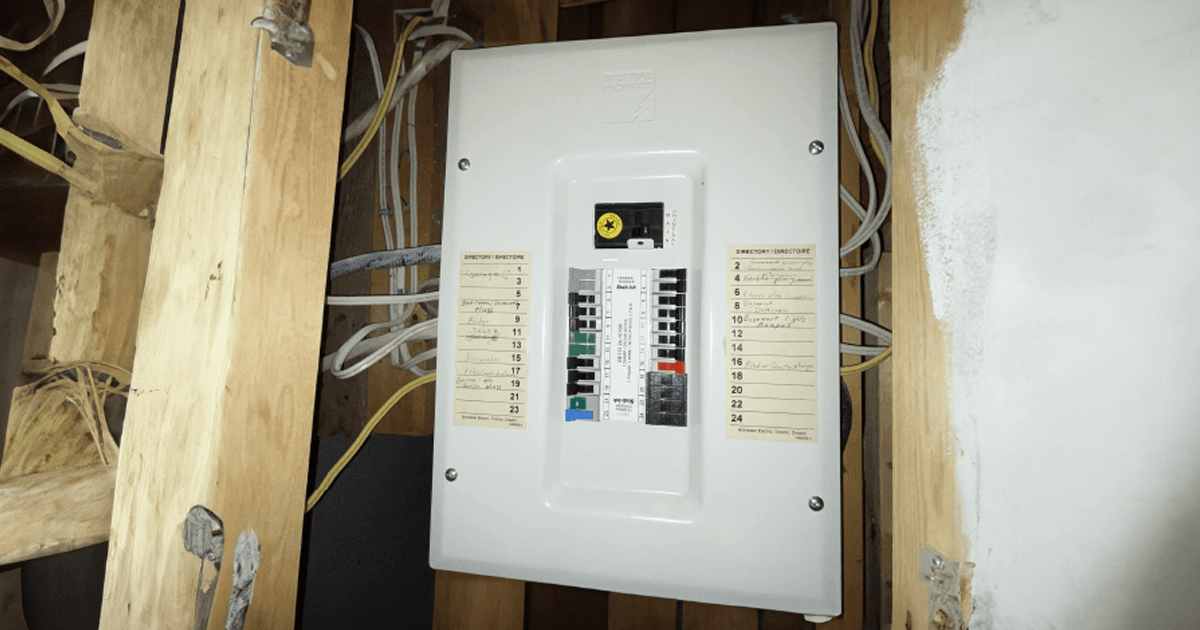One of the most challenging aspects for a REALTOR is overcoming obstacles that deter potential buyers from submitting an offer on a property. The most recent hurdle is the upgrading of the electrical service.
Questions about what a 100 amp residential service looks like, whether the panel has been changed to resemble a new service, if there was a permit for the installation, and if there was an inspection by the supply authority can be common concerns for residential clients.
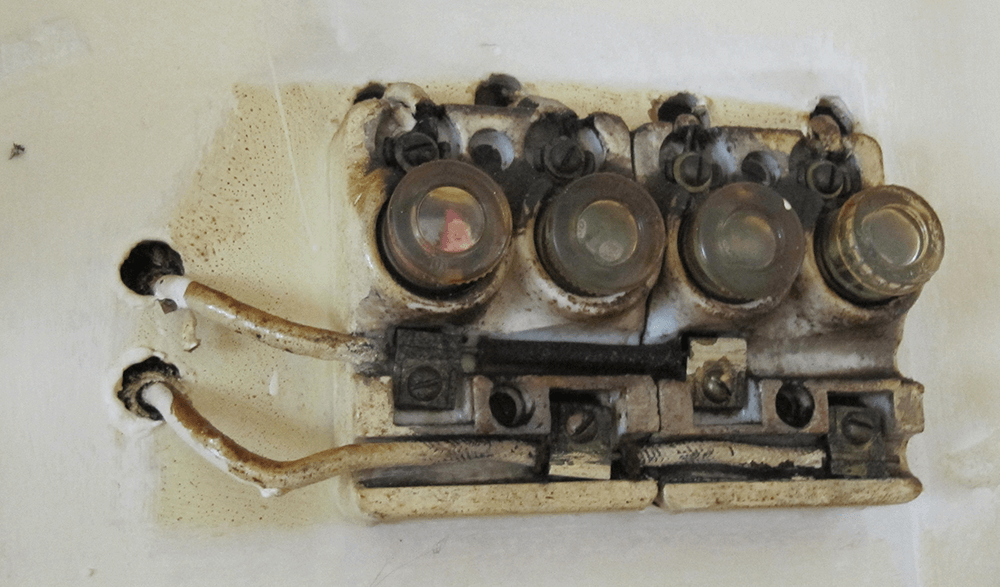
In The Beginning
Since the early days, “Knob & Tube” wiring was the common method, prevalent in heritage homes and those built before approximately 1945. Residential electrical services began with an on/off switch mounted high on the wall, including glass fuses for overload protection. These services were often rated at 30 or 40 amps, posing dangers due to exposed conductors.
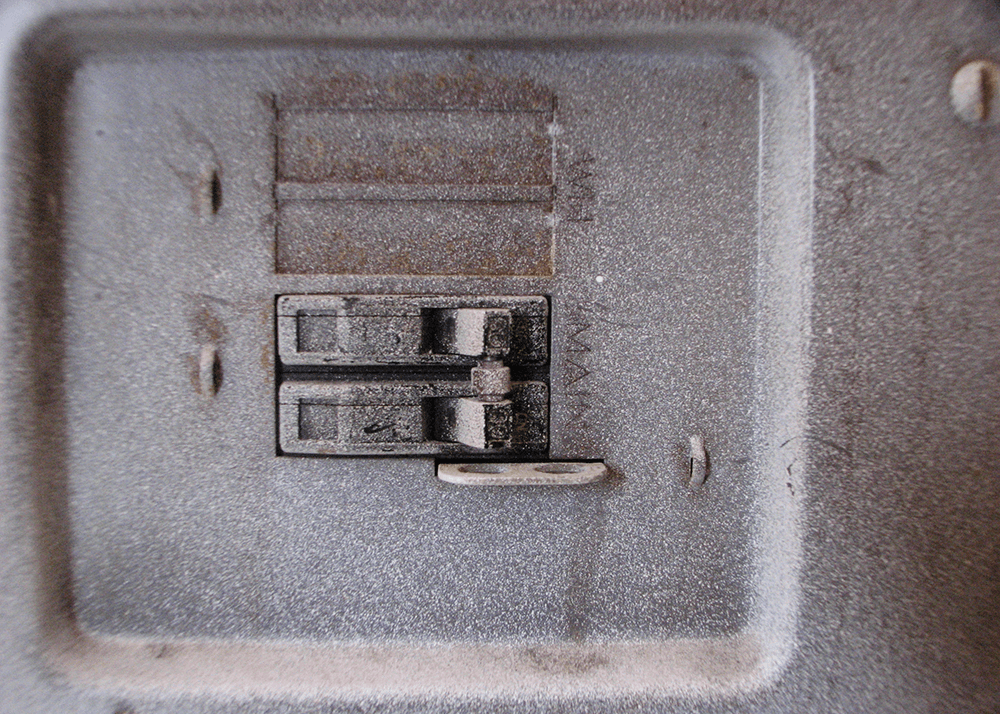
Breakers:
Around 1948, breakers replaced glass fuses, with companies like Federal Pioneer and Bull Dog Pushmatic leading the way. Main breakers became a crucial aspect recognized by the Insurance Bureau of Canada and the City of Edmonton, marking a 100 amp residential service.
Meter Sockets:
Round meter sockets, used for glass meters, had two styles – shallow and deep. The deep 4″ socket was rated for 100 amps. However, the supply authority decided against using round meter sockets on upgraded residential services. In 1958-1962, square meter sockets rated at 100 amps were introduced.
Weather Head:
Weather heads, often left under soffits before 1960, posed challenges for grounding. Homes prior to 1960 used wiring without a ground, featuring receptacles with 2 vertical slots without a round 3rd ground pin.
What is a 100 amp service upgrade?
- Electrical permits: According to the Alberta Safety Codes act, the Canadian Electrical code and the Authority having Jurisdiction, it is illegal to install any new electrical without a permit. To obtain a permit, you are required to hold an Alberta master’s license in Electrical, or in some areas, a homeowner may take out a “Home Owners Permit”. When this is done an inspection is required by the local authority authorized to inspect on behalf of the city or county.
- The electrical panel: A new electrical panel may have any number of breakers from 16 to 48. All panels must have a main 100 amp breaker usually at the top of the panel. They must be covered to protect the interior electrical components from being exposed to unsuspecting fingers. By Code (26-402) panels can not be in a kitchen cupboard, cloth closets, bathroom, or a coal bin.
- Meter socket: The outside meter socket must be square/rectangular and located within 1500 – 1800mm above finished grade to the middle of the glass. It must not be located over stairs, be within 1 meter of a gas meter vent or be free from obstructions for 1 meter in front of the glass.
- The Mast: Today’s standard requires it be 12′ 4″ to the top of the weather head. Usually, 30″ above the shingles when a soffit is present or 12′ up the side of a flat wall. The overhead lines coming from the alley to the mast must clear the roof of a garage by at least 1 meter. It must also not be within 1 meter from the side of an opening window.
- Grounding: The new service panel must be grounded back to the incoming side of the water meter, on older houses no exceptions.
- Fraud and misrepresentation: It is unfortunate but there have been findings of homeowners being approached by individuals who claim to offer a 100 amp service upgrade for a very low cost. We are finding that in a lot of cases, the electrical panel has been changed and nothing else. In this case, the incoming power is still 60 amp and the service does not meet the requirements of the Canadian Electrical Code. This is a very unsafe situation for the homeowner to be in. Without providing proper grounding of the panel and protection for the ungrounded circuits, injury may occur.
Verification
For homes built before about 1964, asking for a copy of the permit is the only sure way to determine if the service has been upgraded. Key indicators include the presence of a 100 amp breaker, grounding back to the water line, bonding of gas and water lines, and a square/rectangular meter socket.
If there’s doubt about the type of service in a client’s home, Robart Electrical Services, with extensive experience in Edmonton and the surrounding area, can provide assistance. Contact us for a no-obligation quote at 780-238-8195.



